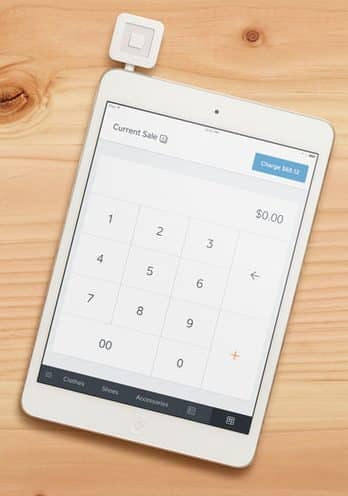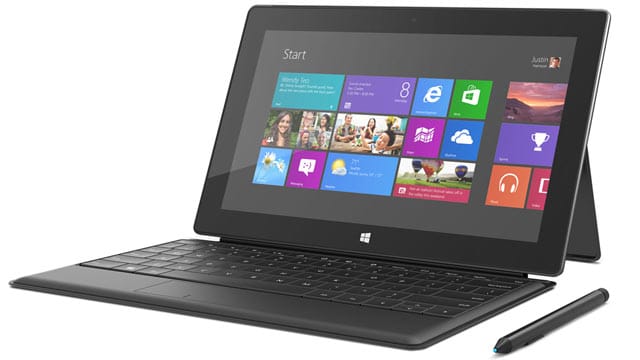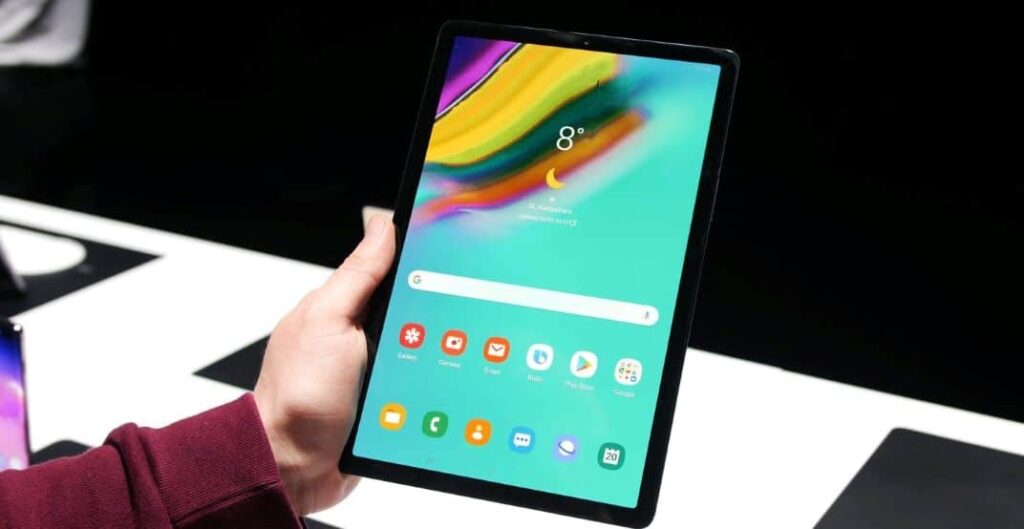When we originally published a blog about tablets in early 2014, about one third of adults in the U.S. owned at least one tablet. In the five years since, that number has increased to 52%. According to Statista.com, annual sales revenues top 12 billion dollars in the United States alone – one of the world’s largest tablet markets.
In the Beginning
Tablets were initially most popular for home or personal use. As technology has evolved, they’ve found more of a foothold in the workplace. Healthcare organizations, retailers, and manufacturers were early adopters. They continue to find tablets advantageous for some applications. Self-employed folks, like those at art fairs or an independent body shop, often use tablets with a card reading device to process payments.
Which Model is Best?
The type of tablet we’d recommend is dependent upon the intended use. There are some available for a few hundred dollars that work well for casual access to email or online documents. Most home users don’t need an overly robust tablet to accomplish the basics. The Apple iPad and Samsung Galaxy Tab are popular models.
We see some base-level tablets being used in warehouse operations. They’re dedicated to one purpose, like scanning barcodes. There are Enterprise Resource Planning (ERP) programs and Warehouse Management Systems (WMS) that have IOS or Android apps available for tablet use. Additional features on some tablets make them suitable for rough duty, such as on a forklift in a manufacturing plant.
 As you move toward more demanding processes and uses, tablet costs increase to meet more complex technical requirements. You can expect to spend between $1500 and $2000 on a well-equipped business tablet. For those who opt to use a tablet as their primary computer, we recommend the Microsoft Surface, a Dell tablet, or a Dell 2-in-1 like the Latitude 3390/5300/7200. There are accessories that make them easier to use, such as a detachable keyboard and stylus. Some models offer an attached keyboard that can be flipped around to the back.
As you move toward more demanding processes and uses, tablet costs increase to meet more complex technical requirements. You can expect to spend between $1500 and $2000 on a well-equipped business tablet. For those who opt to use a tablet as their primary computer, we recommend the Microsoft Surface, a Dell tablet, or a Dell 2-in-1 like the Latitude 3390/5300/7200. There are accessories that make them easier to use, such as a detachable keyboard and stylus. Some models offer an attached keyboard that can be flipped around to the back.
Talk to an IT Pro
If you intend to use a tablet for work-related purposes, it is always best to check with your IT resource first. For example, a casual user may not know that to work in a domain environment (on a network), a Microsoft or Dell tablet must run on a Windows 10 Pro operating system (OS). There are a lot of factors to consider. Input from an IT professional can help avoid a situation where your newest tech toy ends up not working the way you need it to. We’re happy to share more insight if you need it – just reach out to your Account Manager or the support team!


